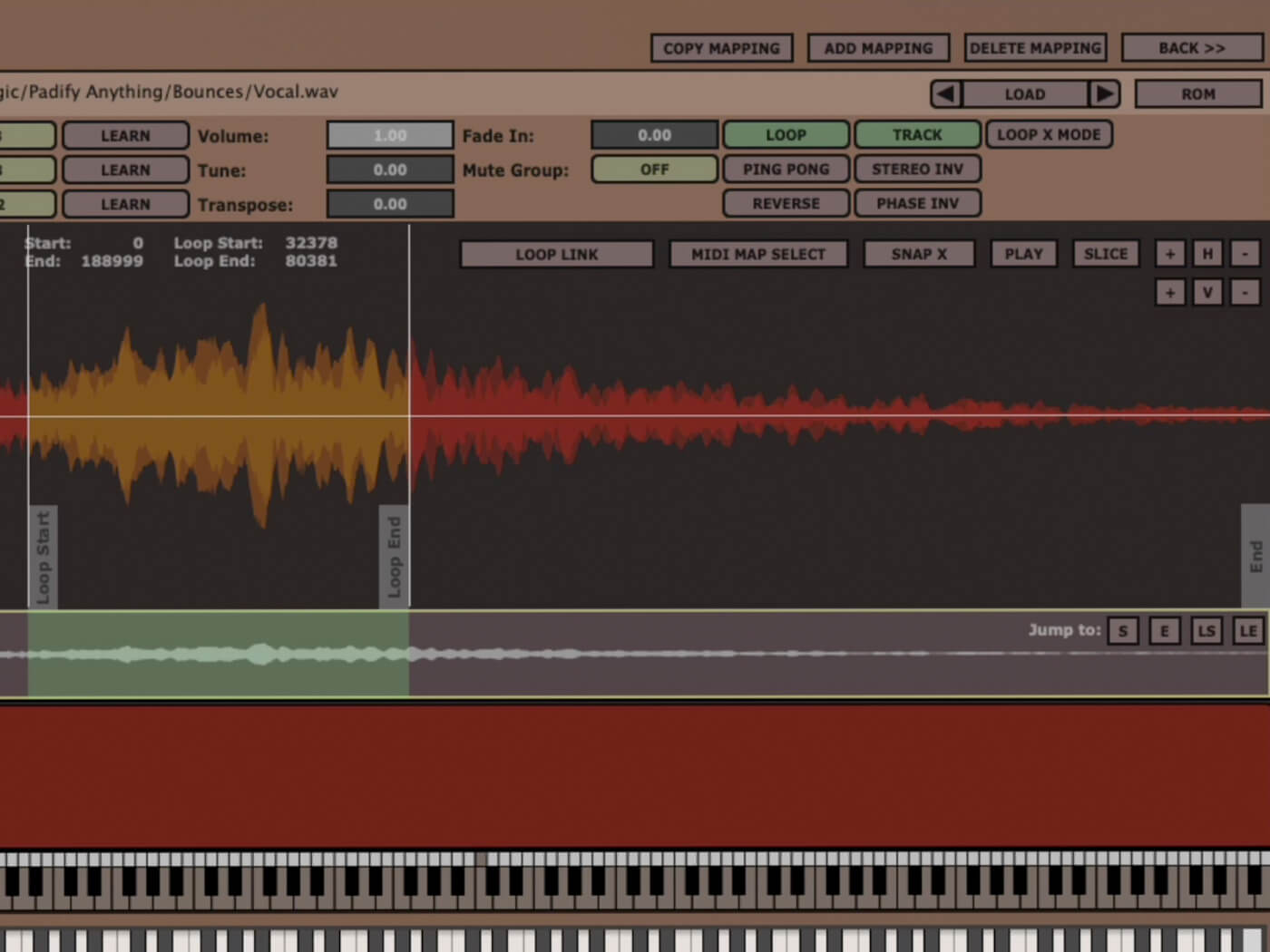Make unique pads from any sample
Turn even unpromising sounds into lush pads with these sound design techniques using plug-ins from Zynaptiq, Eventide, Valhalla and more.

Padify anything
Huge, luscious pads can be great for filling out the soundstage or adding a bit of ambience. While your favourite soft synth is likely chock full of pre-programmed pads, there’s something to be said for making your own. With so much music being released to streaming platforms every day, a little originality can go a long way. But why restrict yourself to the usual synthesis suspects? There’s no rule that says that all pads have to sound like they came out of a Yamaha CS-80, lovely as it is. Why not go for something a little more out of the ordinary and whip up some pads from more esoteric sources?
In this tutorial, we’ll look at three different ways to create pads from unlikely and unpromising sources: a monophonic synthesizer, a vocal snippet, and even from a snare. We’ll be using a variety of effects and other bits and bobs to achieve our results. By the end, you’ll have an excellent selection of bespoke pads that are guaranteed to be yours alone.
Here’s just one of the pads that we’ll be building:
1. Chord pads from a monophonic synthesizer
Monophonic synthesizers are great for things like bass and leads. Pads? Not so much. While you could undoubtedly coax some long, floaty sounds out of one, forget being able to play chords with it. And let’s face it, pads work best when arranged into chords. Let’s see how to get around this limitation.
We’ll first need a monosynth and an arpeggiator. We’ve chosen U-he’s Repro-1, as it has a built-in arpeggiator, but a MIDI effect on the synth channel will work just as well. Almost any sound will do it, but we’ve decided to give ourselves even more of a challenge and go with a short, sharp pluck. We program a few chords into our DAW’s sequencer and let the arpeggiator play. This sounds nothing like a pad… yet.
Next, we use reverb to turn our plucks into a heavenly wash. Here we’re using VintageVerb from reverb specialist Valhalla. You can create a similar effect with virtually any reverb. Specific settings aren’t as important as creating a vibe. We start with the Medieval preset but make several adjustments to get a more pad-like sound. First, we crank up the delay to 35 seconds. (If you experience volume issues, slap a limiter on the channel after the reverb.) We also adjust the shape, increasing Attack to 100% for a more pad-like feel. Changing the Color mode to Now gives it a bright sound. Now our monophonic plucks are transformed into massive chords.
For an even bigger pad, throw another reverb onto the channel. Abletunes’ Space Knob is perfect for smoothing things out.
2. ROMpler-style choral pads
A staple of New Age and ambient records, the choral pad sounds especially good when played from an early, low-bit ROMpler. Think Kawai K1 or E-mu Proteus 1. We can recreate this with a vocal snippet, some reverb, and a sampler.
We start with the vocal sample CIV_127_Gm_Pheelix_VoxFX09_8bar, downloaded from the Bandlab Songwriter’s Toolkit. We only need the first second, so we cut it at an appropriate point and apply a fade to avoid any clicks.
Next, let’s add reverb. For a different flavour, we add Eventide’s Blackhole and call up the H8000 Blackhole preset. Our goal is to create a longer sound that we can further shape in a sampler, so we increase the mix to 100% wet and bring up the feedback to about 35.
Once ready, we can bounce the sound out and then drop it into a sampler. We’re using the TAL Sampler for its classic and lo-fi capabilities, but any sampler will do.
Next, adjust the start point of the sample and any loop points you might want.
After setting the start point, we adjust the envelope to pad-like settings, with a slow attack, medium decay, and long sustain and release. We bring the filter cutoff down a bit to take the edge off and choose a clean DAC type (instead of grainier 12-bit) in the Resampler section.
Lastly, we tweak the sample’s tuning, bringing it up to C from its original F.
Here’s the choral sample played chromatically.
3. Breathy chord pads from a snare
So far, we’ve worked with sounds with harmonic content. For our final technique, let’s start with a percussion sound: a snare. We recorded this snare from a Yamaha RX21 drum machine, but any snare or percussion sound will work just as well.
We drop it onto an audio channel and create an instance of Zynaptiq’s Adaptiverb. This advanced algorithmic reverb plug-in uses AI under the hood to create some unusual (and very musical) reverbs. Let’s use it to add some harmonic content to our snare. Adaptiverb has various harmonic settings. We choose Orchestral HCF Verb 011 Cmaj but go with the one that fits your production. We bring up the Richness setting to bring out the breathiness in the snare sample. It’s a little quiet, so we increase the output gain.
As we did with the vocal snippet, let’s bounce out the audio and throw it into a sampler. We want a high-fidelity sound this time, so we go with Native Instruments Kontakt. Drop it in and click the wrench icon to access parameters for editing. Our snare pad could use some volume shaping, so we head down to the envelope and increase the attack time and extend the decay, sustain and release. It’s still on the quiet side, so we raise the overall volume.
Finally, feel free to add EQ and send effects to these pads to help them sit in your mix.
Happy padifying!
Read more tutorials here.